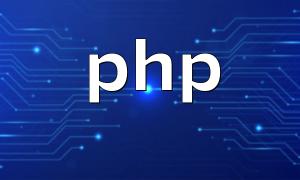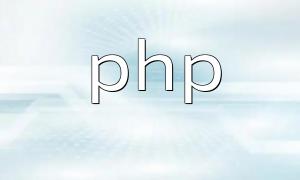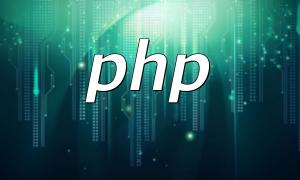In modern web development, Web Services play a crucial role in enabling data exchange between systems. SOAP (Simple Object Access Protocol) is an XML-based communication protocol widely used for remote procedure calls across different platforms and programming languages. This tutorial will walk you through how to use the PHP SOAP extension to create and consume Web Services.
Before you start coding, make sure your PHP environment has the SOAP extension enabled. Follow these steps to set it up:
;extension=php_soap.dll
Once these steps are complete, the SOAP extension should be ready to use.
Let’s create a simple PHP SOAP server. Create a new file named soap_server.php and add the following code:
<?php
class HelloWorld {
public function sayHello() {
return "Hello, World!";
}
}
$options = array(
'uri' => 'http://localhost/soap_server.php'
);
$server = new SoapServer(null, $options);
$server->setClass('HelloWorld');
$server->handle();
?>In this example:
Now, let’s create a SOAP client to call our service. Create a new file named soap_client.php and insert the following code:
<?php
$options = array(
'uri' => 'http://localhost/soap_server.php',
'location' => 'http://localhost/soap_server.php'
);
$client = new SoapClient(null, $options);
$result = $client->sayHello();
echo $result;
?>Here’s what happens in this script:
Place both soap_server.php and soap_client.php in your web server’s root directory. Then:
If you see the expected output, your SOAP server and client are communicating successfully.
By following these steps, you’ve learned how to create a basic PHP SOAP Web Service. From setting up the environment to building and testing both the server and client, SOAP provides a reliable and efficient way to enable remote communication in PHP applications. With this foundation, you can expand and customize your own Web Services to suit more complex business needs.









